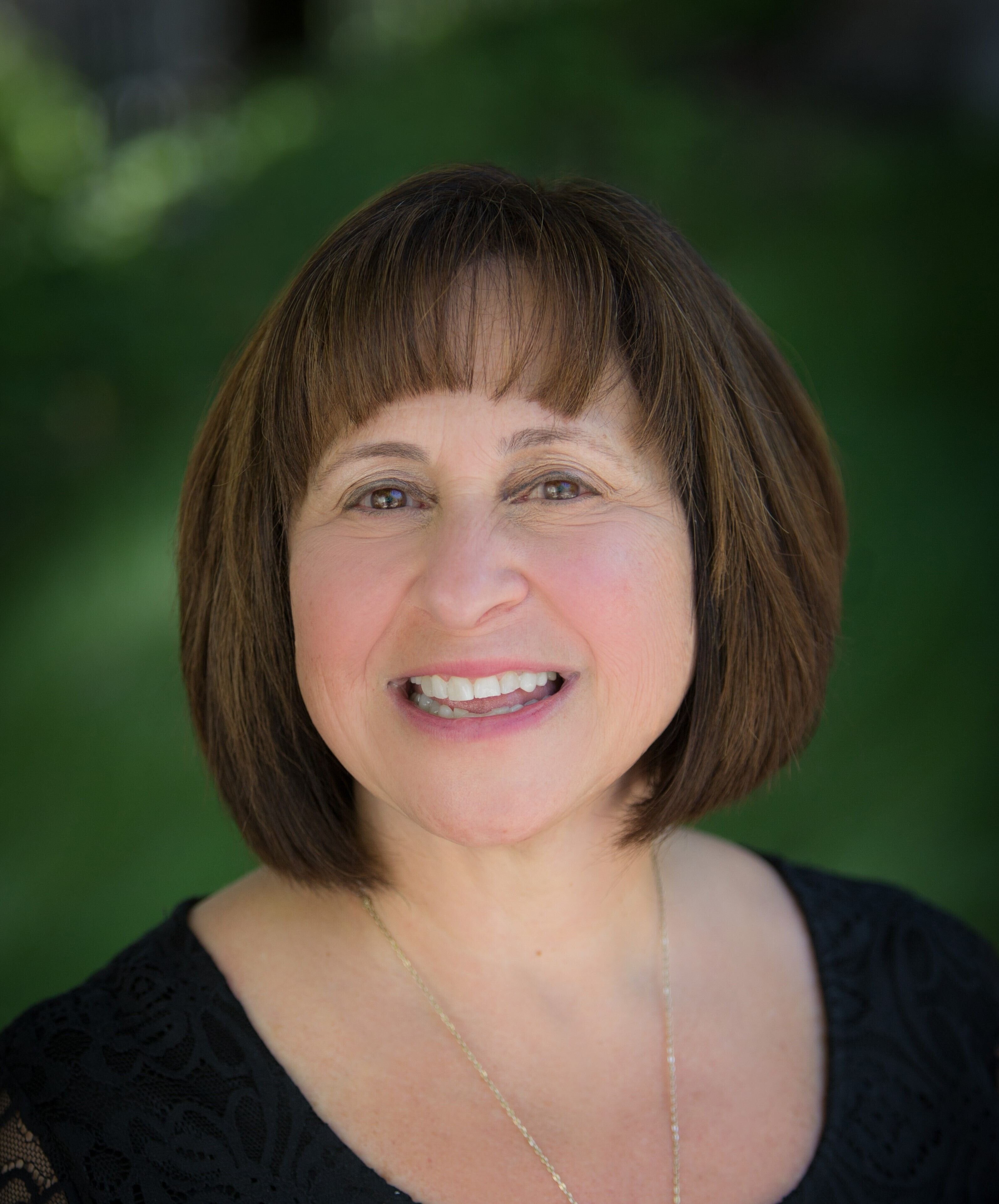A remarkable thing seems to happen in this week's Torah portion, Parashat Metzora - houses take on characteristics of people.
As the reading begins, the Torah records the process for purifying one who appears to be suffering the disease of leprosy. In such a case, the person is taken to the priest for an official diagnosis and ongoing inspection to confirm the removal of the infectious disease. If considered a leper, the priest underwent an elaborate (and strange) process of purification rites involving two birds, cedar wood, crimson and hyssop designed to ward off the disease and thought to help with curing it. One bird was slaughtered, the second dipped in its blood along with the other materials, and eventually sent away.
As if that was not strange enough, some of the same principles are then applied to a leprous house. Says the Torah: "When you enter the land of Canaan that I have given to you as a possession, and I inflict an eruptive plague upon the house in the land which you all possess, the owner of the house shall come to the priest and say 'something like a plague has appeared upon my house.'" The priest underwent an elaborate inspection, scraping and re-plastering the walls as needed until at the appointed time, the priest performed the same exact ritual with the two birds and other materials.
It appears that some type of disease, one that many have speculated was some type of mold, grows on buildings. How is it that houses - buildings, like people, can be infected with leprosy? Are we really to believe that humans and buildings carry the same 'genes'??
It is hard for me to imagine that the Torah was offering an actual medical diagnosis or a prescription for medical treatment. In fact, the rabbis of the Talmud declared that "there has never been, nor will there ever be, a house smitten with leprosy. Why then was the law given? To study it and be rewarded for studying it." (Sanhedrin 71a) In other words, what is most important is not the nature of the actual plague, but what we can learn from examining it.
Basing themselves on a story found in the Book of Numbers, the Rabbis of the Midrash viewed leprosy as an external manifestation of an internal decay: The plague of infection in the walls of the home are intrinsically connected to what happens in the home. And, like the rabbis of the Midrash, it seems to me that in determining the time for quarantine, the priests were actually more interested in the internal process, wanting to protect the very purpose of the building to start with - to provide a place for that which happens inside the home.
Our home is the place where we seek refuge and comfort with loved ones, where we dream our dreams, where our intimate relationships are strengthened, and our individualism enhanced. Our homes are also the place where we gather with neighbors and friends, where we celebrate together with family, and create sacred space. Is it any wonder that we feel so connected to the building of our home that to the one who loses such space, it is indeed "something like a plague that appeared... "
We live in an age when so many homes are temporary - when so many live far away from the homes of their upbringing; when people move from one home to another to another; when homes are lost to fires, floods, and other natural phenomena; and when overextended credit and mortgage crises lead to home foreclosures. Without the physical structure of home, it is so easy to forget who we are and how we connect to others.
The real lesson of this Shabbat and of the Pesach invitation 'Let all who are hungry come and eat' is that no matter where we are, we can be like the priests of old. Our task on Passover is to look inside, seeking a diagnosis for 'what is the thing that enslaves me causing internal decay from which I need freed?' And, on the seder night, we have the ability to create personal and communal connection and growth to share a home that transcends the walls of physical space. Together, we can create a spiritual home, a place where we sit together - with our ancestors of the past, with those whom we share life today, and with those who will live in the future - in prayer, in celebration, and in fellowship with each other and with the Holy Blessing One.
Shabbat Shalom.

